Trinidad and Tobago has qualified for the CONCACAF level in every age group in the men’s and women’s game over the past two years. Does this mean the “Soca Warriors” are doing as well as ever in terms of player development and selection? Or are they underachieving and falling further behind the top nations?
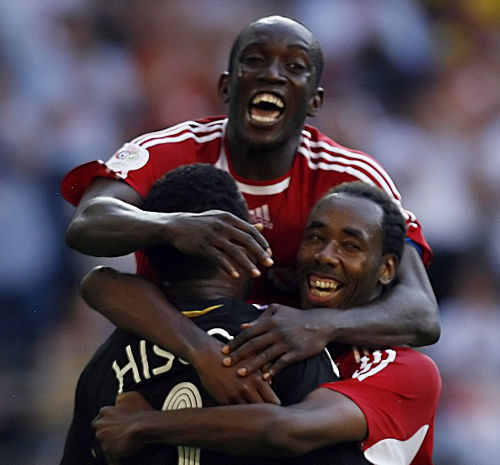
(Copyright AFP 2014/Aris Messinis)
Wired868 spoke to four former national coaches and technical advisors, Edgar Vidale, Muhammad Isa, Keith Look Loy and Michael Grayson, on the subject of creating world class players for the Warriors.
The first issue, according to the four coaches, is that the system for scouting talent is largely unchanged over the last four decades or longer. Coaches still rely primarily on the Secondary Schools Football League (SSFL) to unearth talent as well as the recent addition of the Pro League’s junior competition.
And the quartet all insisted this method creates too narrow a pool for selection, particularly in a country with under 2 million inhabitants.
Look Loy, a former title winning coach with Malick Secondary and a CONCACAF technical development officer, illustrated how limited a scope this was for scouting new players.
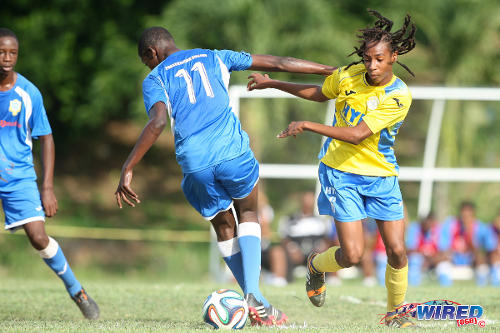
(Courtesy Allan V Crane/Wired868)
“If, for example, the TT Pro League has ten teams and there are 20 or even 25 players in each team, you’re talking about 250 players,” said the current owner and head coach of Super League outfit FC Santa Rosa. “You’re choosing your national team from 250 players. The argument, therefore, advanced by that selection process is that there are only 250 players worth looking at for selection in the country and I’m saying that the pool is too narrow.”
Look Loy attributed this narrow pool to the absence of a “rational selection or scouting programme.” He claimed that, despite efforts in the past to institute a more comprehensive scouting programme, there was little focus on this by the Trinidad and Tobago Football Association (TTFA).
The current method, in his opinion, was better suited to life in the 1960s and 19670s. But there are more zones now and a wider pool of youth players who go largely unnoticed due to the narrow focus on the Pro League and schools competition.
“I tried to have a scouting structure in place at the regional level like the base of a pyramid that would feed into a national scouting structure,” said Look Loy. “That has never been put in place and, therefore, the selection process is very arbitrary.
“That hasn’t changed since the 1990s. That hasn’t changed since Trinidad and Tobago became an independent country and started to play football as a member of FIFA.”
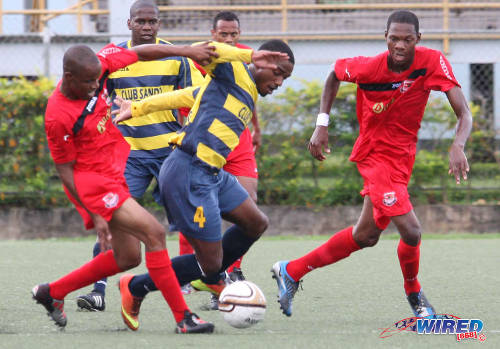
(Courtesy Wired868)
Still, as Vidale and Isa pointed out, there are also invitational screening sessions that afford national coaches the chance to see players who are off the radar.
Vidale, who was assistant coach in Trinidad and Tobago’s first memorable World Cup qualifying campaign in 1973 and head coach for T&T’s first senior CONCACAF Gold Cup excursion in 1991, explained how he would structure screening sessions to get the maximum impact.
“What we used to do was to post players in different parts of the field at random,” said Vidale. “Each team has a colour and each player has a number. When a game starts they would call, ‘game number one: green 1 to thirteen’ for example. So the players don’t know the other players and the people who are screening are placed at different parts of the field and they select players by numbers.
“Using this system most of the good players would show up automatically.”
Vidale suggested a shortcoming in the way screenings are done at present is that there is not enough advance notice for prospective players. The former United Petrotrin coach wants better organised screening sessions held more consistently throughout the year.
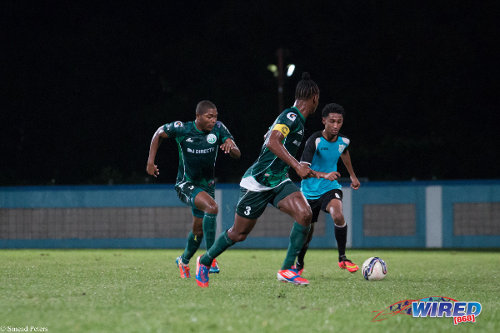
(Courtesy Sinead Peters/Wired868)
Vidale and Look Loy both agreed that the Super League was almost completely ignored by national coaches despite boasting of some promising young talent. Although, Look Loy noted, the Super League has not had a youth competition for the past two years.
In fact, Isa and Grayson, both former national youth team coaches, argued that there are not enough youth tournaments throughout the country. Grayson, who is the current St Augustine Secondary coach, lamented the overall lack or exposure and shortage of options for youth players who want a competitive game.
“The Schools League only runs for about four months but what’s going on for the next seven months?” asked Grayson, rhetorically. “You’ll hear about a national under-17 or under-17 team in training or about screening going on here and there and a few players are selected. But what happens to the rest?
“What you need to do is to have ongoing player development programmes which doesn’t cost as much as they would make you think.”
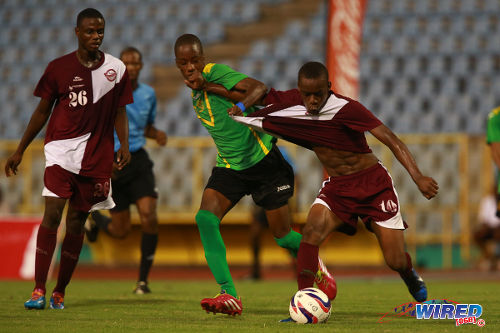
(Courtesy Allan V Crane/Wired868)
Grayson and Isa agreed that the scouting process needs to be expanded to include the rural areas. But a vital part of that adjustment should be, in their opinions, more tournaments played in those areas.
More tournaments would, however, require more sponsorship and this was greatly dependent on input from the private sector. Grayson and Look Loy complained about in adequate contribution and an overall lack of interest in local football by the business community.
The private sector, in Look Loy’s opinion, only pays ‘lip service’ to investing in football and only seems to show interest in major events that draw large crowds and create good advertising opportunities.
“You might turn on your radio and hear they put up $400,000 or $500,000 to sponsor some horse race,” said Look Loy. “They’re into that. Or for some golf tournament. They’re into that.
“But the sports that are played by the masses of people, football in particular, when last you hear about a private, corporate enterprise investing in football, unless it’s the national team and there are a few thousand people in the stadium?”
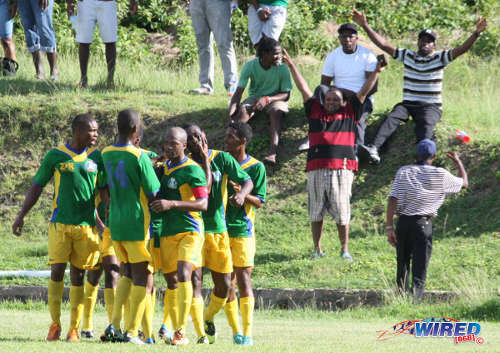
(Courtesy Wired868)
Grayson compared the level of sponsorship of cricket tournaments as opposed to football.
“You always have some youth tournament going on in local cricket in the different zones,” said Grayson. “Football has nothing like that.”
All four coaches felt that the current scouting process was especially unfair for young Tobago players. Although the “Sister Isle” has talented players and a smaller pool, which should help the identification process, scouts rarely look there. And, when they do, they may only watch a handful of games before returning to Trinidad.
It meant that many Tobago players had little chance of being spotted unless they travelled to Trinidad to compete.
Apart from the shortcomings in the selection process, the four coaches also pointed to flaws in local player development.
Player development, according to Look Loy, relies heavily on coaching development and administrative development. But most teams, he suggested, care more about winning trophies than working towards such improvements.
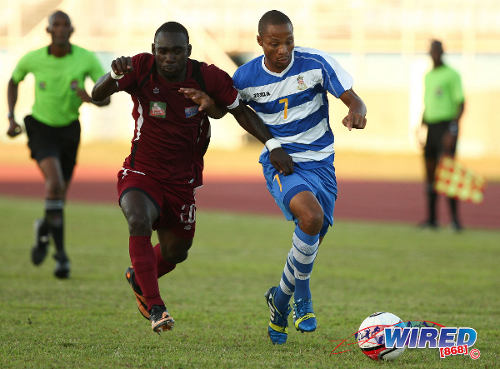
Caesar left Tobago for Trinidad before breaking into the national set-up.
(Courtesy Allan V Crane/Wired868)
“You call a meeting to discuss things like development but you can’t get a conversation going because all people want is ‘a fixtures’ so that could beat you and me and say they have a big side (and) they are the league champion,” said Look Loy. “But when you delve beneath the surface of that title you see all the disorder that still exists in our football.”
He claimed that the TTFA does not have a proper coaching education programme in place nor are there any educational requirements for coaches.
“Tomorrow morning, if I start a side in the Professional League and I register a team,” said Look Loy, “and I say you are my coach, then you are my coach.”
Look Loy noted that in the the English Premier League or even the Jamaica and Suriname top flight competitions, coaches must be certified and at the right level to work.
In Britain, there are various levels of training and certification that a coach would receive, depending on the level at which he wanted to perform. While, in Jamaica, there are three levels of training and its Premier League receives assistance from CONCACAF and FIFA. Suriname, said Look Loy, also received support from the Netherlands to implement a proper coaching system.
Local coaches, he pointed out, are not even being sent overseas to learn techniques that are unavailable locally.
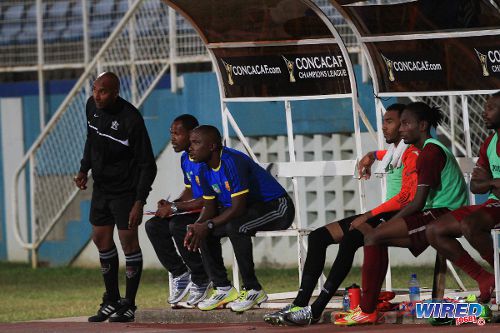
(Courtesy Allan V Crane/Wired868)
“When last you hear about a Pro League team taking a coach and sending them to England, or Germany, or Brazil to do a course for six months?” asked Look Loy. “You never hear about that happening.”
There is, Look Loy said, a lack of political interest in coaching development.
“Once you have some finance, once you have leadership that is visionary and committed to doing the right thing,” said Look Loy, “then we could get into coach development, infrastructure development and ultimately player development.
“If you don’t have these things, then you hitting and missing and depending on pure talent.”
And natural ability, Vidale explained, is insufficient when our players’ technical skills are undeveloped and they face opponents who have received proper developmental work from the age of eight.
“One of the weakest areas in our game, and it has manifested itself in the national senior team and even in the women’s team, is that we fool ourselves that talent is what is necessary,” said Vidale. “Players who reach the top can’t kick the ball for more than five passes because their technical skills, which have to do with ball possession, are not good enough for top-level football.”
Look Loy pointed out the difference in growth between Trinidad and Tobago and the United States who were both “head to head” in 1989.
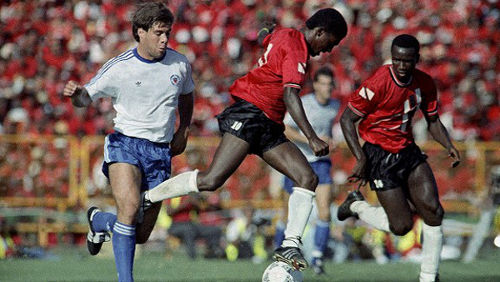
“Look how far they gone now,” he said, “They are a bonafide top 16 country in any World Cup and we can’t even get to the final round of CONCACAF qualifying now. Look at the road they have travelled since ‘89.
“The US does not get involved in anything unless they can dominate it.”
If Trinidad and Tobago wants to get anywhere near to CONCACAF’s summit again, there is no time to waste.
Kevin Cassie is a student of journalism of COSTAATT and an avid reader of anything from best-selling novels to funny prints on t-shirts.
He promised to make his wife rich through his writing and feels guilty sometimes for allowing her to believe it could happen.
 Wired868 Wired868 for smart sport news and opinion
Wired868 Wired868 for smart sport news and opinion

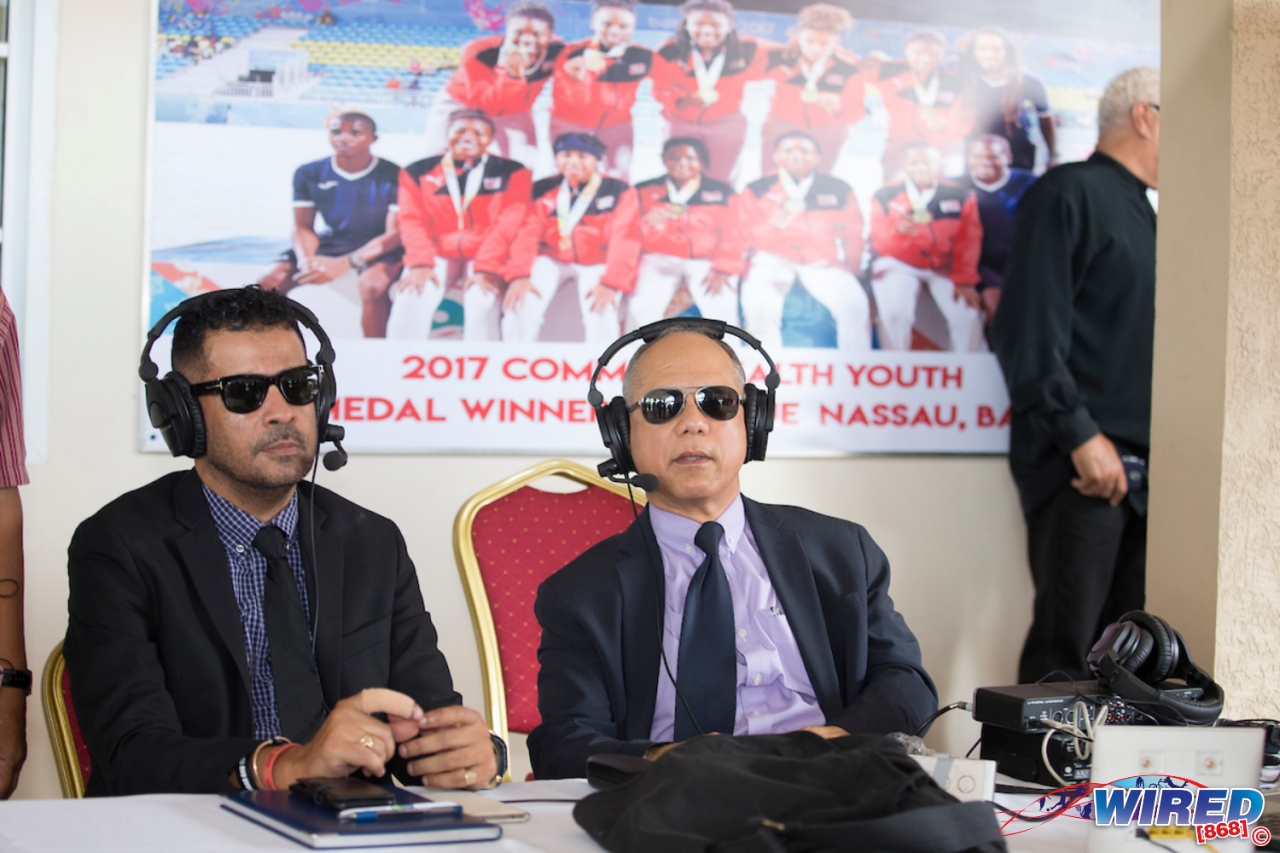
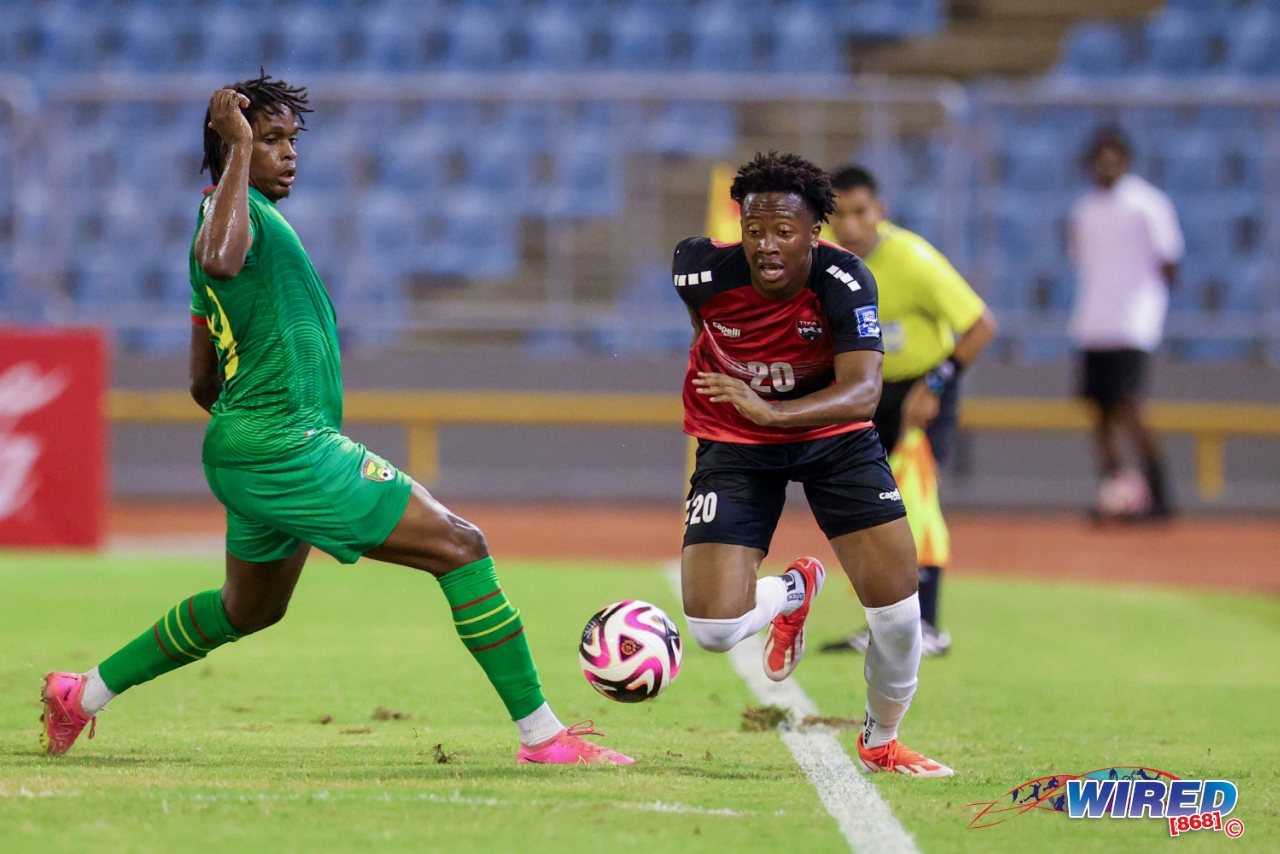
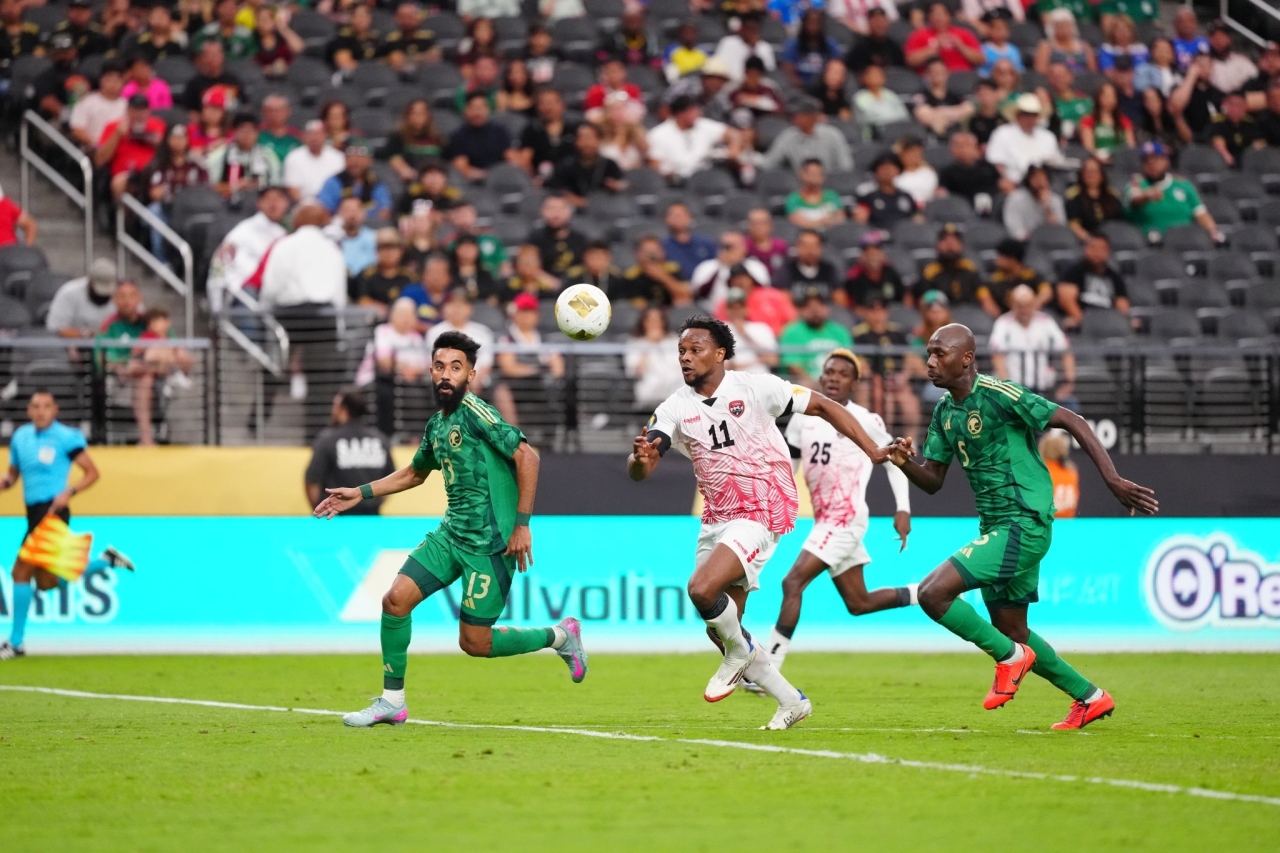
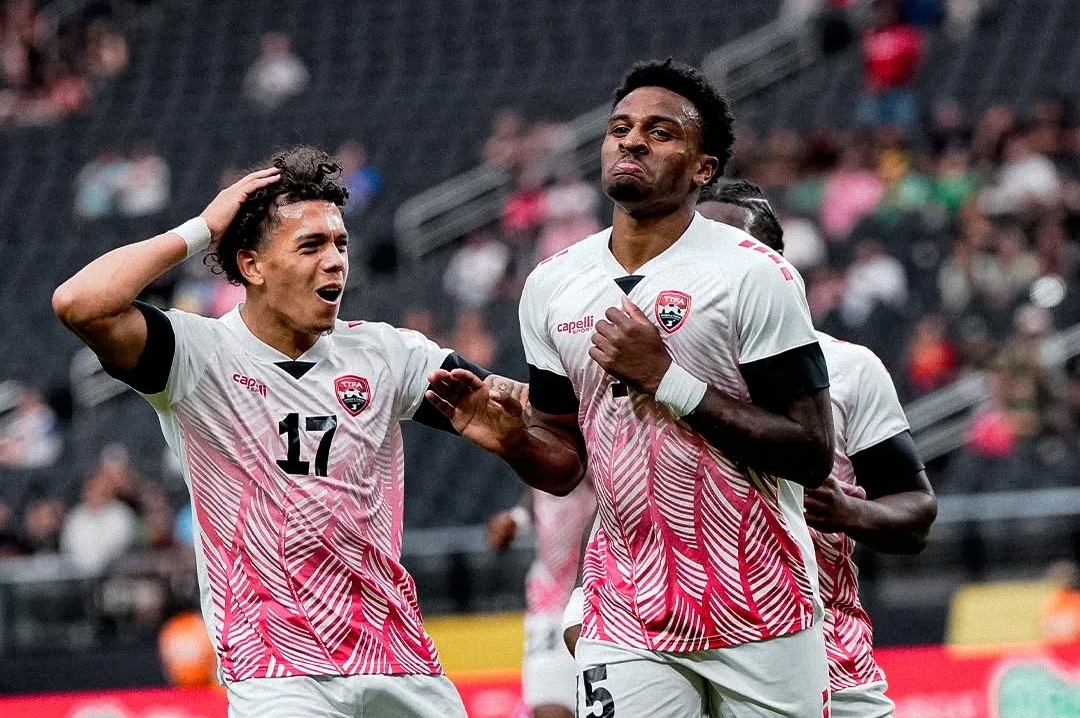


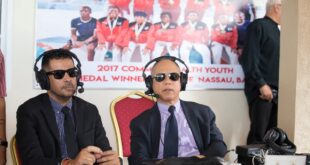
Unearthing new talent is just a small part of the problem, the major problem our football has is lack of continuity from Under 16 right up to Senior Level and unless that system changes we are like the old saying goes “spinnin top in mud”
Lasana with all due respect to the Coaches you spoke to with the exception of Grayson, all have been part of the TTFA hierarchy.. All have been involved with the Technical side of football in Trinidad and even the region.. So why were changes not made .
I have in my possession a letter signed by R Groden on a TTFA letterhead appointing me a National Scout for the Association dated 2003. The group was to be Chaired/ Managed by Bobby Sookram, when we tried to get a meeting with the Executive to discuss operational procedures, things as simple as getting a visible Authority to get into games and dressing rooms ,nothing happened.
Next Lasana there can be no proper effective development if Coaches for National teams are selected based on friendship. Particularly important at the youth level. We have had youth Coaches at the national level with no track record in the Primary Schools or the Secondary Schools, it still happens as we still see Coaches with no pedigree on National teams. Of course if the ones who put them there are the ones to measure performance then you can see what will happen. Looking at some of the SSFL games it is evident that a number of Coaches depend more on the athletic ability of a few of their players and are unable to show any discernible philosophy of the game in a technical manner, sadly this is true for many of the younger Coaches who have no knowledge of the history of the game except for the television capture. Player development is not for those who would take the quick easy low road, it takes planning, patience and time, a good and the ability to see the potential required for our national requirements. I would point to the development by the English FA of Sol Campbell And Jaimie Carragher from as early as eleven years old in their Academy.
Ah word ye i get u…
USA domestic league isn’t the top one in the region.
But I’m not saying relegation and promotion really. That is better than what there is now.
But I mean the pro league should absorb the super league. We will have zonal leagues and then top tier.
More concentrated talent that way. And the various leagues won’t be competing for same sponsors that way.
the other issue i have with this model prescribed here is the lack of focus on community sports organisation, and the myopic tendencies towards elite athlete development. we ALSO NEED average athletes! those are the FANS! those are the players who support the programmes! T&T coaches tend to toss those kids out or make them feel that they are nothing—or not good enough for anything!
coaches coach. coaching ALONE is not the issue. Talent ALONE is not the issue. Yes, we have a small pool of players, but even at the lowest ages, T&T sports culture is one where coaches cherry-pick. There is very little time spent on development. skills are presented and is if kids get them or not. Programmes where time and effort is dedicated to clumsy, uncoordinated or difficult kids are few and far between.
most of the time we see early coordination as “talent” and leave awkward kids to their own devices. most of the clumsy kids, however, are clumsy because they are just growing too fast. time and again we see those kids marginalised in early programmes…then they shoot up mid-teens and we expect miracles.
we must learn to CREATE those miracles from earlier
Ye Pro League and Super League should certainly combine like they do in Europe with the relegation system.
But some could argue CONCACAF giants USA, their MLS and NASL dont combine
Jamaal knows what I am talking about.
I agree we can do it but there must be first the passion then the commitment, also parents must also be involved in the process to support the kids at an early age in certain areas eg. provide snacks fruits water gears etc. There must also be a form of discipline at regular intervals there must be class room activities for these kids giving them an allround training both on and off the field.
Corruption, More Corruption, Culture change and the politics in local football and the management of the football team must change for there are some there that discriminate in one form or the other. As such T &T football can go no where
Just compare both US and T &T were at the same level in 1989 but in 2015 one is world class the other is
This does not need a Rocket Scientist….. however selfless people must be at the helm
If ever in NY Brooklyn in the Summer on Park Side Ground you will see children of as 5 yrs old playing soccer on 11 fields the US intended to win the World Cup one day and the plan is set in motion all over the US
I too feel the Pro League and Super League should combine for the sake of our football. I think it very important that this happens sooner rather than later.
I saw they advertising a youth screening session in Skinner Park on a section of bristol board (about 8.5 x 11) written with permanent markers in a little corner on the walls of the stands.
Mr. Look Loy is spot on as usual. We focus on competition and not development. This ProLeague and Super League thing is not making much sense. One body that is tiered, with youth systems to follow would be better for observing talent and matching the performances of teams.
remember when &L hosted the football fraternity at Movie Towne? We had everrrybody down there, and we talked about EVERYTHING that needed to be done.
then what?
all ole talk. mamaguy. lyrics.
yuh know what is needed to change T&T football? for the people who in it to just keep doing what they do and to keep encouraging youngsters to get into the game and STAY in the game. change will happen at the pace of life.
I have always felt the best way to scout players are in their natural environment with their clubs. Tournaments are not a bad idea but there can be an over abundance of tournaments that can be overkill. How you manage that is critical. I don’t live in trini but I see it here in the US where tournaments are really used to fund clubs and the coaches salaries. As long as it it serves a specific purpose in identifying the talent, it can work.
Lasana it is the focus on these youth tournaments that have caused coaches to divert attention from developing technique and technical speed to working on shape, systems & patterns of play and other tactics in order to win these very tournaments. Keith Look Loy said it in the latter part of his discourse (he may have contradicted himself though) coaches are only focused on winning those tournaments. Getting their names and faces on the newspaper. I disagree with the increased tournament idea especially as it has taken away from technical development. Clubs can host their own tournaments like every 3 or 4 months. In that for 2 or 3 months the coaches will work on technique and speed then the month before elements of tactics are introduced. 5 teams can be invited to ur ground over a weekend and everyone plays each other. 1 game on the Friday, 2 on Saturday and 2 on the Sunday. So a happy balance is realised on both sides of the development spectrum.
The private sector do not have to invest directly with the TTFF……..they can sponsor and run tournaments directly and invest directly in the player…….everyone sitting and pointing fingers while football going to the dogs
I agree with the article in general. Development is truly poor, the emphasis is on winning a the youth levels which is good to get players with desire to win, but to win you need the right tools, which here is GREAT technique. I see too many youths who cannot pass the ball, no passes, no possession = losses at International level for sure.
Never
Neil its broken so we have to change it my brother
Totally agree with Mr. Tull here. Clowns with no accountability in the TTFA. Dealing with the them is the first step in the process. However, the political landscape in our beautiful country has deteriorated to a point where i have lost faith that we could ever fix it.
It is good to see people like you still trying though. It allows me to believe that there is still a glimmer of hope.
Change the whole Top. New leadership
TTFA has a lot of work to do. The youths now not interested in football anymore. It have other things they are interested in other events.
From speaking to previous coaches, the zonal teams from under-14 level come up allowed us to keep better watch over our upcoming talent and to concentrate our talent more effectively.
Those don’t exist anymore and died out in the 1990s. So the likes of Kelvin Jack and Lyndon Andrews and Marvin Oliver and Stern John might be some of the players to benefit from that.
The guys like Carlos Edwards and Jason Scotland benefited from playing with and against those guys.
But there wasn’t much transfer of knowledge with so many players moving abroad and the blacklist and so on.
I think that contributed too. The Peltiers and Molinos and so on never got to benefit from the transfer of knowledge from really top players who wore the jersey before them.
One good point is the need to look past the school system. The player pool is wider and there are not as many playing spaces anymore.
So now we need more administrative input in getting youngsters started and hooked on the game and learning the right way.
All roads begin and end with the TTFA. Without proper governance and leadership, we will never fulfill our much bally hooed potential. The USA surpassed us by being disciplined and organised with a clear strategy for success. Contrary to what some people think, the programme started way back in the 70s. I remember watching my cousin play in a huge tournament that was the local leg of a nationwide event. The plan was underway from then.
Well to be fair the headline would be more my fault than theirs.
It’s true that coaches should seek out certification. But people are always happy to take shortcuts and the ttfa should encourage this.
Also there are loads of programs and so on available without cost from FIFA. The TTFA only has to apply. And it often doesn’t.
The mls Caribbean combine, as Carlos Lee pointed out, is one such initiative. The TTFA doesn’t have to spend a cent but just pass the info from one party to another.
Again it couldn’t manage that and Trinidad missed out for second straight year. I will say more on that soon.
It is a good point about the need for more youth tournaments too I think.
Private sector would not invest with all the corruption in ttff
Not sure what to make of this article. I was expecting more details on a comprehensive development programme that grooms players to play a system like what you would get in an Academy in Europe. No mention of the need to more international matches to get players to the required level. The comment about the business community is misguided as no businessman in his right mind would put money into a broken system run by clowns with no accountability.
The lack of coaching training is a valid point but most players pursue their badges on their own as part of their career plan. If I wanted to coach, that’s what I would do. Of course, the TTFA should assist in arranging programmes to support this but again, there is no leadership to make that a reality. The gentlemen make no mention of the poor administration that creates so many problems that thwart our efforts routinely at every level as a major stumbling block.
If this is representative of the thinking, then the future looks pretty bleak.
Very astute observations on the part of these coaches…. good ideas especially the Tobago reference.